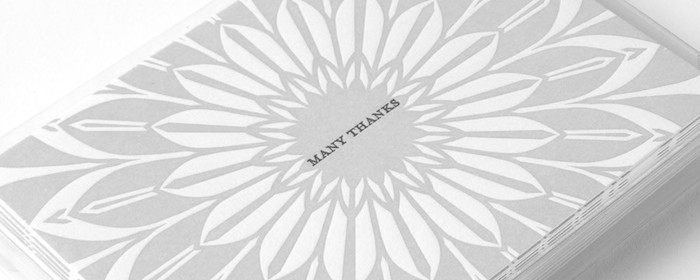The Only Way to Screw up a Thank You
There is no doubt that making sure to thank someone is one of the most important things you can do. Many times a well thought out thank you can make the other person feel great about what they did for you, showcase to others that you are someone who understands gratitude, and also keep you top of mind. Saying thank you can also be an incredibly effective tool for following up with someone you haven’t spoken to in a while and also making a new connection. A well thought out message of thanks is like a cool glass of lemonade on a hot summer day. There is one thing that you can do, though, that can make that lemonade taste awful:
Pair a “Thank You” with a request.
The psychology at work in this kind of exchange is very powerful. You’ve just made someone feel really good so they are in the mood to entertain some kind of ask, which makes it seem like asking for something should easily follow. The problem is that when you taint the good will with a request, the other person can’t help but wonder if the only reason you reached out to say thanks was that you had something else that you needed. This makes both of you feel awkward and will often cause the other person to be wary of future interactions with you. It’s better to let a thank you just be that and keep any other conversation separate. We all have had that friend that seems to only call and chat us up when they need something. You don’t want to be that person. So take the thank you and stretch it out rather than filling the rest of the email with a request and you’ll make someone’s day. Here are a few ideas to fill up that empty space:
- Provide plenty of details – Rather than simply saying, “Thanks for connecting me to Bob Smith” try “I really appreciate you taking the time to introduce me to Bob Smith at the dinner last Thursday. Had no idea he also loved internet marketing!” You are providing the person with the time and the place of the interaction as well as some insight into the person. This causes the other person to relive that lovely moment of making the connection.
- Talk results - Let the other person know what came of the interaction. Did you get business out of it? Did you end up having a great conversation? Did the person you connected with offer you an opportunity? If so, let the person who helped you know. If someone gave you good advice, let them know how you implemented it. The more details you give about the interaction, the more the other person will know about what is and is not a good connection for you and if they gave you some help, they’ll know that what they gave you worked.
- Make an offer - Let the person know about an event that you are attending that they might enjoy attending or share a relevant article with them. Be proactive in not only saying thank you but also in offering something else that may help the other person.
If your email is a thank you party in honor of the person who just helped you, then the request is the party crasher.
Say “Thank You” and move on.
You’ll make the other person feel great and build credibility and they will be happy to hear from you in the future.
The people we are thankful for are the people we think of when opportunities arise.
Be the gift.
Not the party crasher.
Excelsior!

